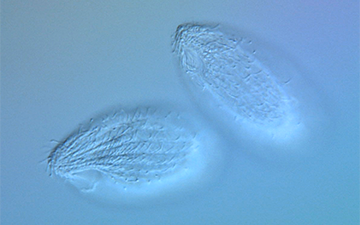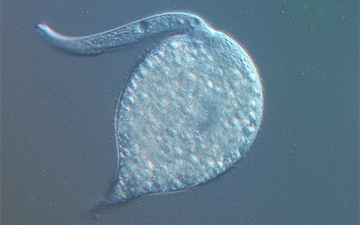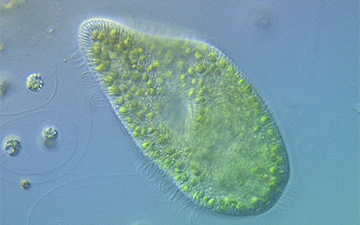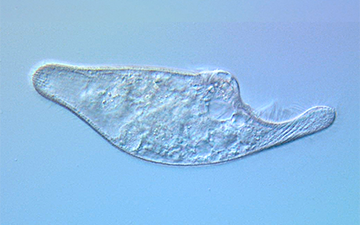Ciliophora

Tetrahymena
Tetrahymena genus


4 POINTS
Play: Tetrahymena has a MOVE of 1, and is considered an HETEROTROPH.
Fact: Tetrahymena is a widely used model organism in biological research.

Rimaleptus
Dileptus genus


7 POINTS
Play: Dileptus has a MOVE of 1, and is considered an EUKARYOTROPH.
Fact: Dileptus has a prehensile probiscus that is loaded with toxins used to stun prey.

Paramecium
Paramecium genus


7 POINTS
Play: Paramecium has a MOVE of 1, and is considered an EUKARYOTROPH.
Fact: The green things are endosymbiotic algae known as chlorella.

Nassula
Nassula species


4 POINTS
Play: Nassula has a MOVE of 1, and is considered a HETEROTROPH
Fact: Nassula possesses a basket like feeding apparatus which looks like a group of straight lines.

Euplotes
Euplotes genus


4 POINTS
Play: Euplotes has a MOVE of 1, and is considered an HETEROTROPH
Fact: Euplotes often have dorsal (sensory) and ventral (movement) cilia.

Blepharisma
Ciliophora phyla


4 POINTS
Play: Blepharisma has a MOVE of 1, and is considered an HETEROTROPH
Fact: Cilates are characterized by the presence of hair like organelles called cilia.